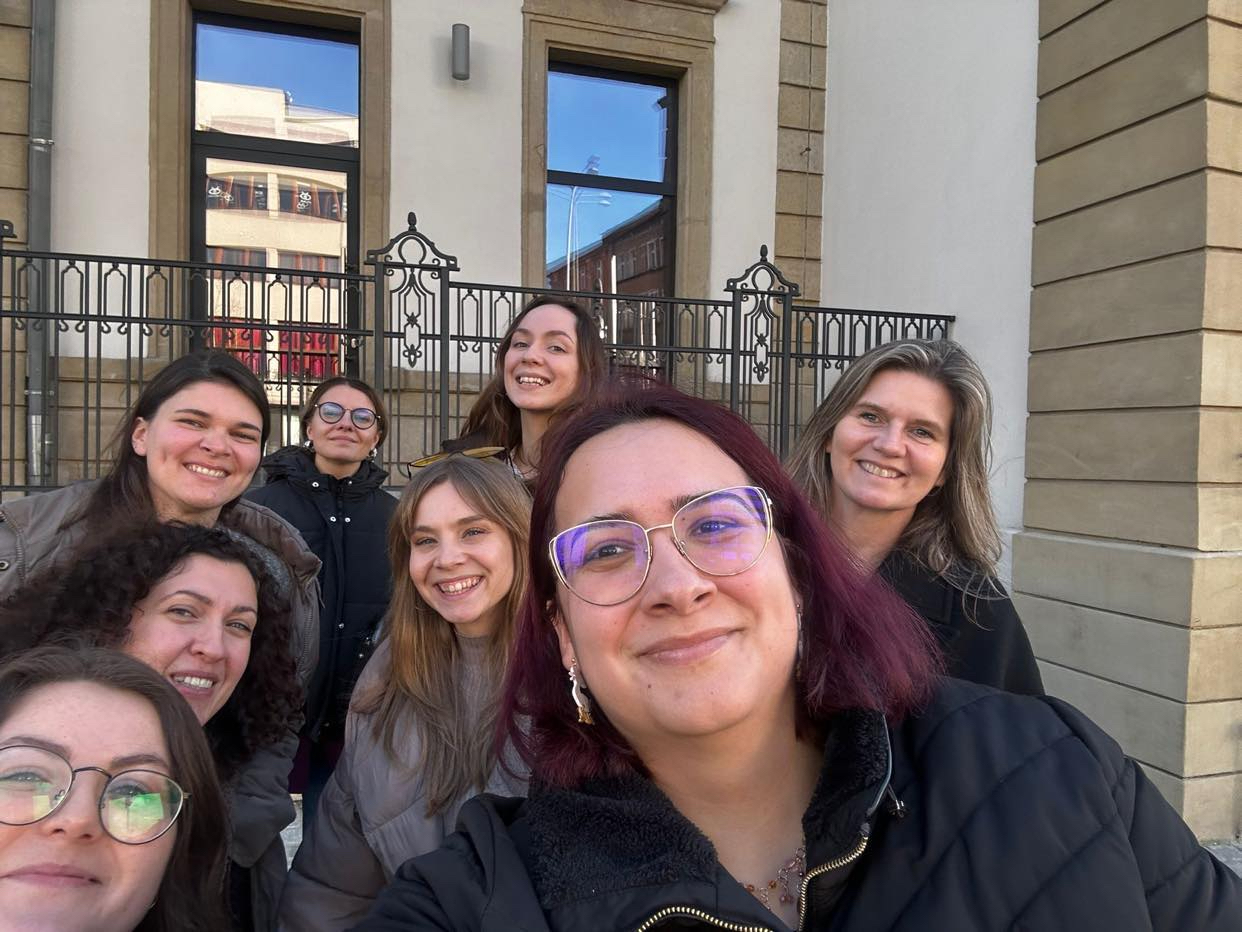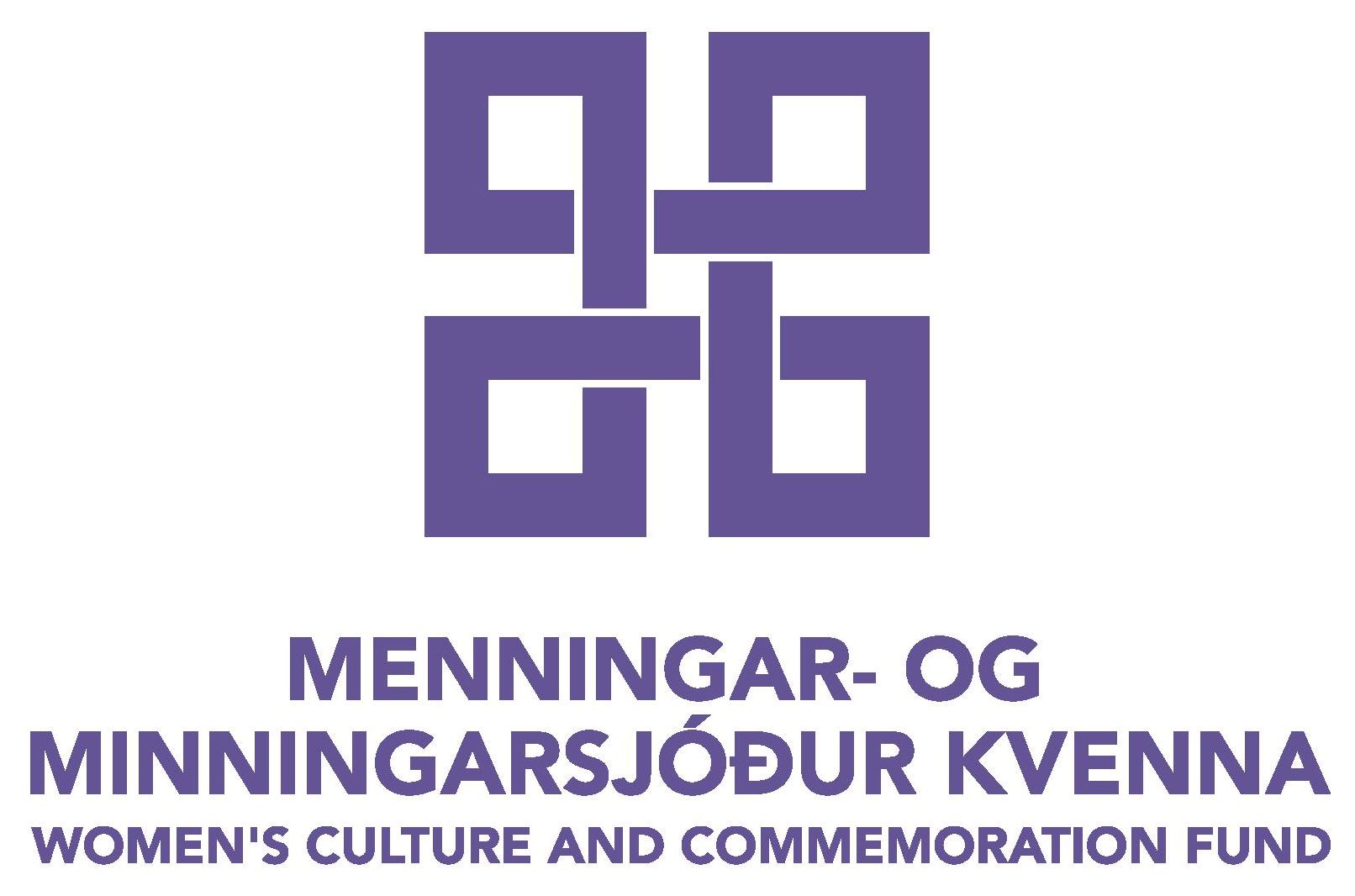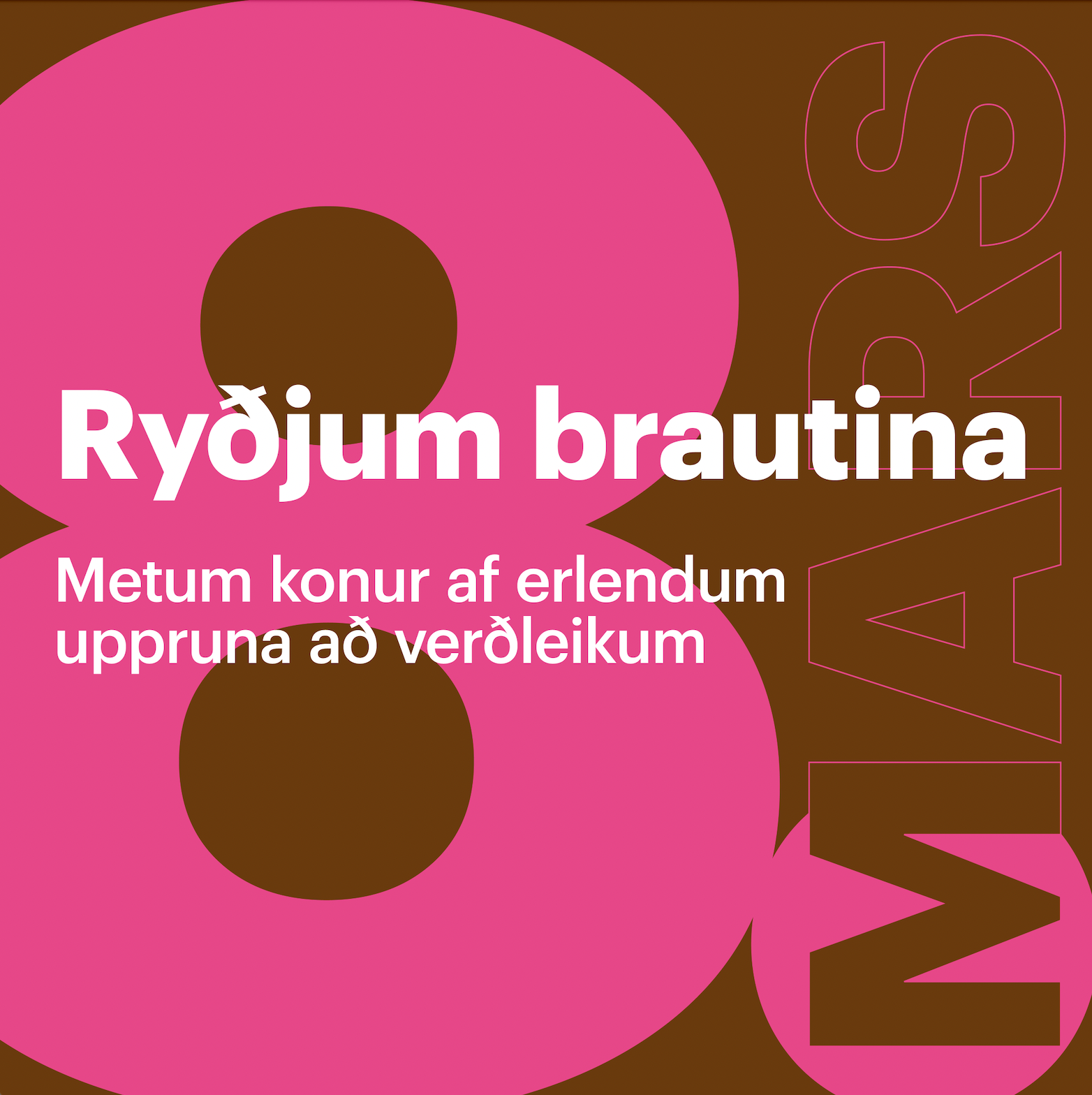
A video about the protests in Iceland against the gender pay gap has been published. The video is directed by Lea Ævarsdóttir and the music is by Mammút.
On October 24, 2016, women in Iceland left work at 2:38 to protest income inequality. This was not the first time women in Iceland have gone on strike to protest the gender pay gap. They also protested in 1975, 1985, 2005 and 2010.
The average income of women in Iceland is only 70.3% of the average income of men. If the work day begins at 9 a.m. and finishes at 5 p.m., women stop being paid for their work at 2:38 p.m.
The gender pay gap is even worse on the global level. The 2016 Global Gender Gap Report of the World Economic Forum tells us that, if current trends continue, the global economic gender gap will not close for another 170 years or in 2186.
The report also tells us that the progress towards gender equality has slowed dramatically, and recent gains have been reversed. The economic gender gap is growing, not becoming smaller.
We won’t wait another 170 years!
Women! Rise up! Organize! Change the world!
Income Equality Now! Women in Iceland Walk Out
Director: Lea Ævarsdóttir
Writer: Brynhildur Heiðar- og Ómarsdóttir
Producer: Kvenréttindafélag Íslands
Editing and sound: Alexander Hrafn Ragnarsson
Camera: Alexander Hrafn Ragnarsson, Eyjólfur Jónson, Nicola Santoro, and Steinunn Ýr Einarsdóttir
Music: “Salt” by Mammút
Photographs and extra footage courtesy of RÚV, Zorro2212 via Wikimedia Commons, Colores Mari via Flickr, and Mobilus In Mobili via Wikimedia Commons
Special thanks to the Icelandic Ministry of Welfare, Una Torfadóttir, Dögg Mósesdóttir, Halla Kristín Einarsdóttir, Randi Stebbins, and Justyna Grosel
#Kvennafrí
The demonstrations on October 24, 2016 were called by the women’s movement and the labor movement in Iceland.
Ólafía Hrönn Jónsdóttir and Katrín Halldóra Sigurðardóttir directed the demonstrations in Reykjavík. Guðrún Ágústsdóttir, Þórunn Sveinbjarnardóttir, Una Torfadóttir and Justyna Grosel gave speeches. Vala Höskuldsdóttir, Sigríður Eir Zophoníasardóttir, Brynhildur Björnsdóttir, Aðalheiður Þorsteinsdóttir, Ellen Kristjánsdóttir, Elísabet Eyþórsdóttir, Sigríður Eyþórsdóttir, and Lóa Bergsveinsdóttir performed.
Demonstrations were also held in Akureyri, Bolungarvík, Borgarnes, Djúpivogur, Egilsstaðir, Grindavík, Grundarfjörður, Hella, Húsavík, Höfn í Hornafirði, Ísafjörður, Kirkjubæjarklaustur, Neskaupstaður, Patreksfjörður, Reykjanesbær, Sauðárkrókur, Seyðisfjörður, Vestmannaeyjar, Vopnafjörður, and Ölfus.




